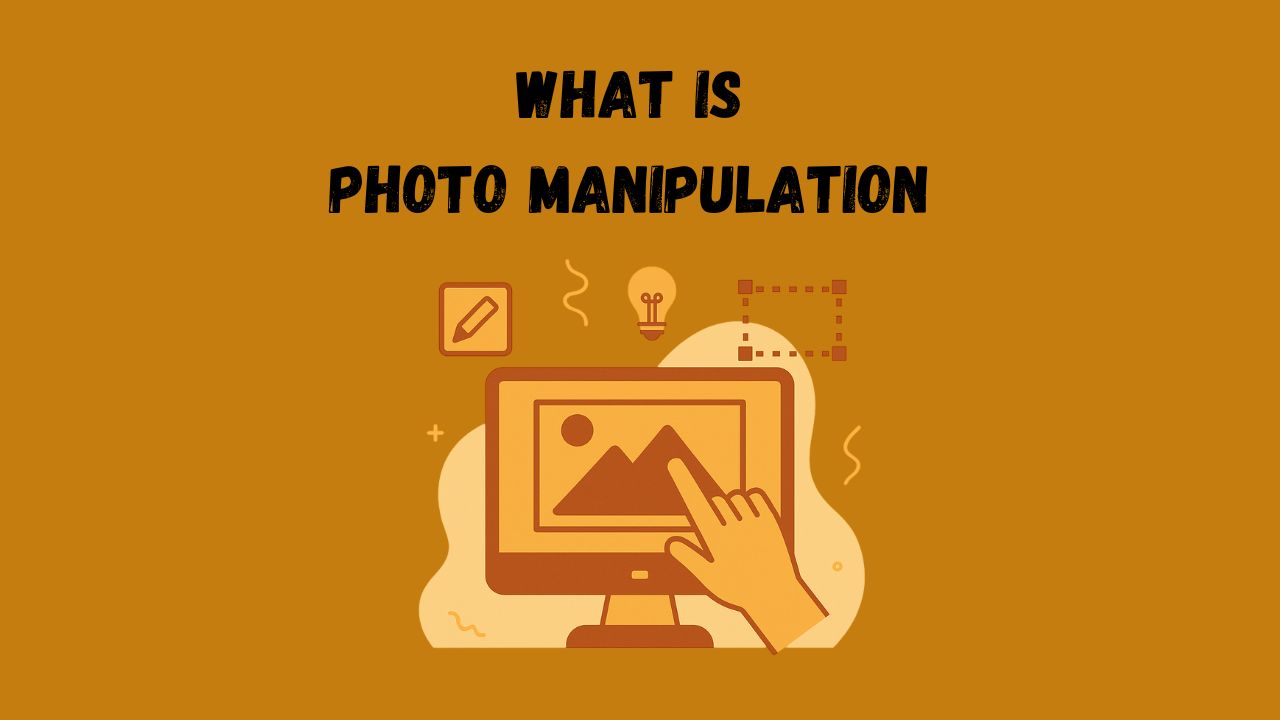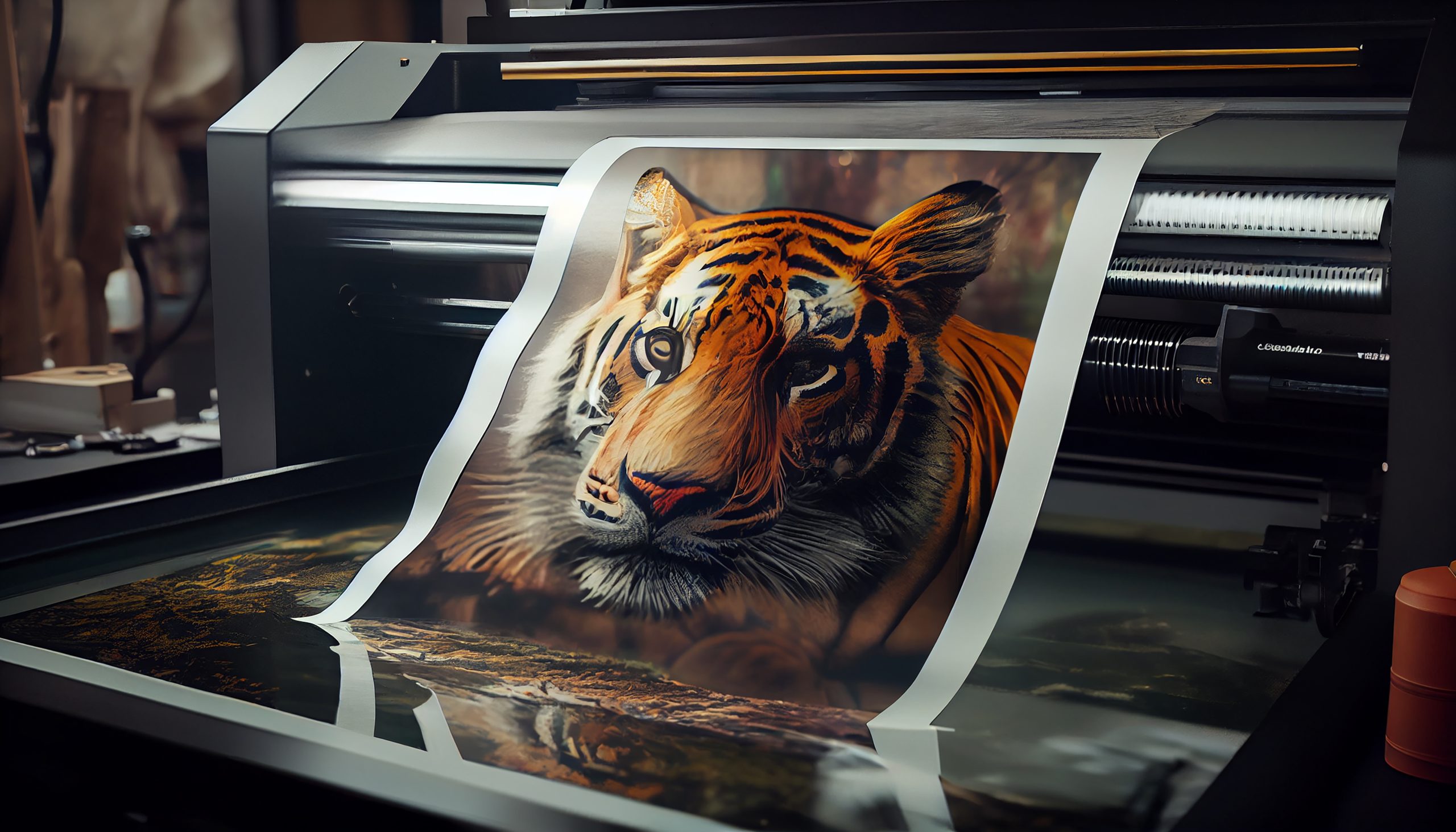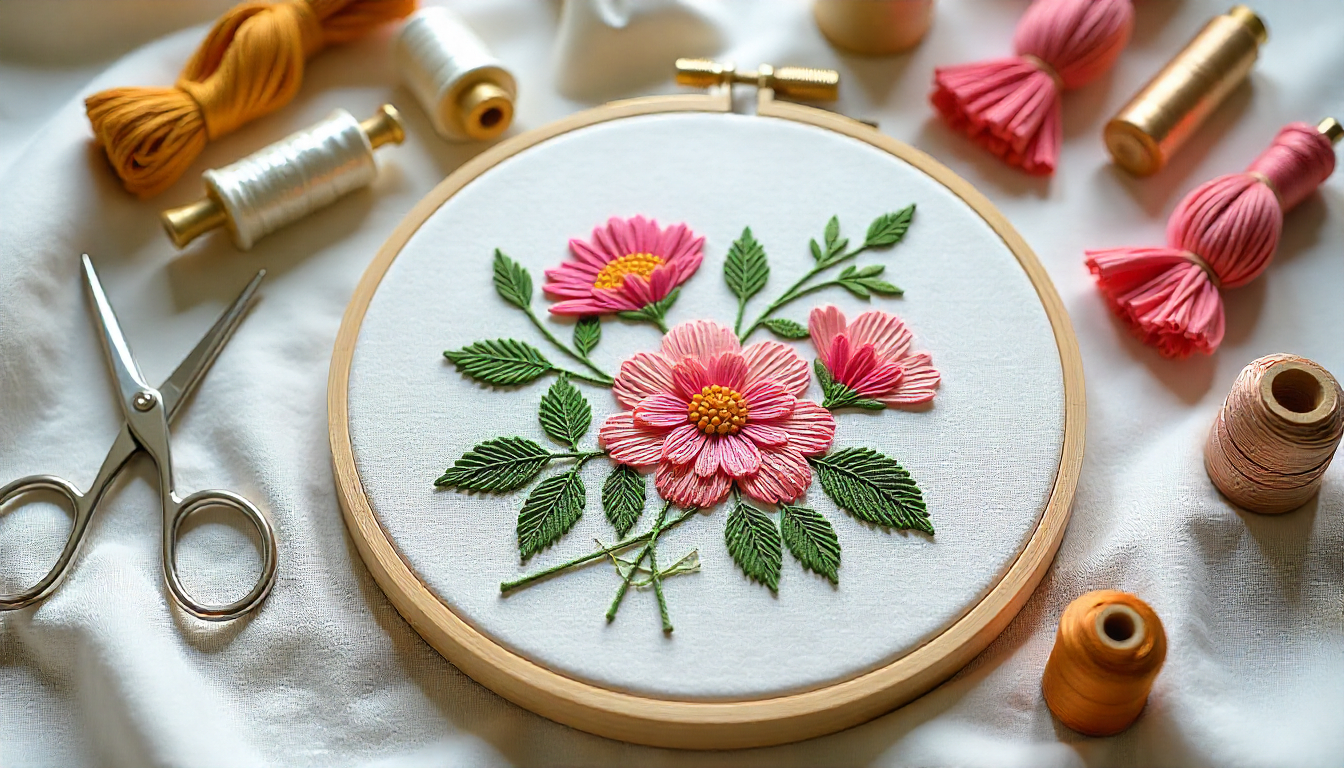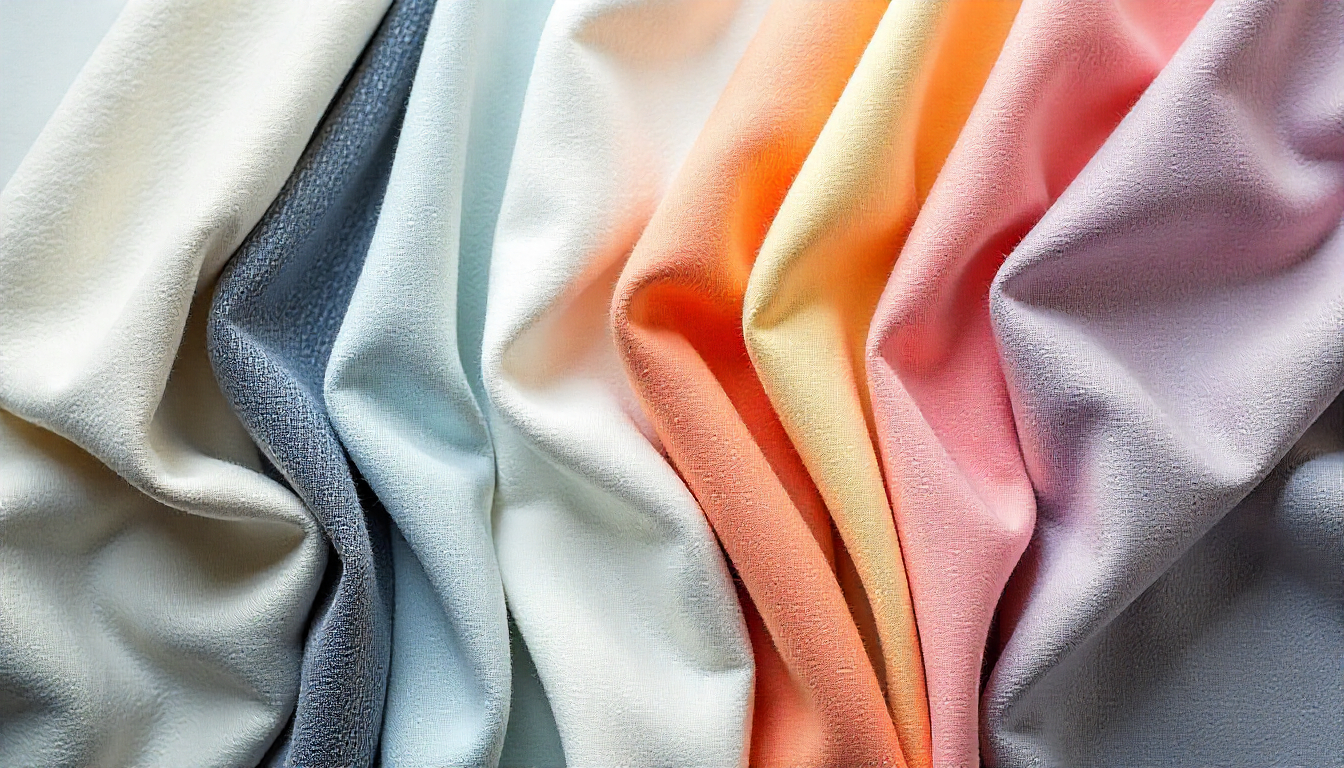Ever seen a picture and thought, This looks too perfect? It’s probably edited. Photo manipulation isn’t just about adjusting colors or cropping an image. It’s about transforming visuals – sometimes subtly, sometimes drastically.
It’s used everywhere: ads, social media, movies, even journalism. Some edits enhance reality. Others completely change it. And while it’s a powerful tool, it can also be misleading. Overdone edits blur the line between fiction and reality. That’s why knowing how to use this skill responsibly is as important as learning how to do it.
Why is Photo Manipulation Important?
Manipulating photos does more than just make images look better. It creates impact, tells stories, and grabs attention.
1. Marketing & Branding
Businesses need sharp, eye-catching images. Good visuals sell products. Professional edits make brands look polished and trustworthy.
2. Creative Expression
Artists use manipulation to go beyond reality. A basic image turns into surreal artwork. The sky can be neon pink. A person can float. Anything is possible.
3. Fixing Imperfections
Not every photo turns out perfect. Bad lighting? Off colors? Editing helps fix these mistakes, making images match the original vision.
4. But There’s a Downside
Too much editing can mislead. Over-processed photos in ads and social media set unrealistic standards. Furthermore, manipulated images in journalism can change perception.
That’s why responsible editing matters. Honesty is key, especially when an image is significantly altered.
Common Photo Manipulation Techniques to Learn
Want to learn photo manipulation? Here are the basics:
1. Color Correction
Dull images can be fixed. Adjusting brightness, contrast, and saturation makes colors separate and pop.
2. Compositing
This technique merges elements from different images. Like swapping backgrounds or adding dramatic effects.
3. Retouching
Fashion photography relies on this. It removes blemishes, smooths skin, and enhances facial features. A little photo retouch goes a long way. But too much looks unnatural.
4. Surreal Effects
Want a city floating in the sky? A glowing wolf? Surreal edits turn everyday images into artistic illusions.
What Software Do You Need
Good edits need good tools. Here are the most popular programs:
1. Adobe Photoshop
This is probably the most well-known tool for image manipulation. Professionals use it for everything like basic fixes or advanced digital art.
2. GIMP
Free, yet powerful. A great Photoshop alternative for beginners.
3. Affinity Photo
Budget-friendly but feature-packed. Many consider it a solid competitor to Photoshop.
At Impact Digitizing, we use advanced tools to keep quality high but every file still gets a careful human touch.
Uses of Photo Manipulation
Once you become the master of the basics, move on to pro-level edits:
- 3D Effects: Create depth for more realistic images.
- Texture Blending: Layer textures for rich, detailed visuals.
- Light Manipulation: Adjust shadows and highlights for dramatic effects.
Some Ethical Concerns to Keep in Mind
Editing isn’t the issue. Over-editing is.
Many brands edit photos so much that people look unrealistically perfect. Flawless skin, slimmer bodies, exaggerated features etc. While this sells products, it also creates false beauty standards.
Additionally, manipulated images in news and journalism can spread misinformation. A minor tweak can change the entire message of a photo. That’s why responsible editing is essential.
How to Start Editing Like a Pro
Feeling inspired? Here’s how to begin:
- Learn the basics: Start simple like color adjustments, brightness fixes, basic corrections.
- Try different software: Experiment with Photoshop, GIMP, or Affinity Photo.
- Watch tutorials: Online courses or YouTube videos help a lot.
- Practice daily: The more you edit, the better you get.
Consistency is key. Keep practicing, and soon, your edits will look professional.
Conclusion
Photo manipulation isn’t just clicking buttons. It’s a mix of skill, ideas, and being careful. You can fix a bad photo, or you can turn it into something cool. Maybe you remove the background or blend two pictures into one. Either way, it’s your creative choice.
Just make sure you know why you’re doing it. Is it to help? Or to trick someone? That makes all the difference.
FAQs
1. What’s the real difference between photo editing and photo manipulation?
Photo editing’s simple stuff. Like cropping, fixing brightness, or adjusting colors. Photo manipulation? That’s bigger. You’re changing the whole image. Adding stuff or removing things. It’s more like creating something new.
2. Can I do image manipulation on my phone?
Yeah, 100%. Many apps can do it. Try Snapseed, Photoshop Express, or even PicsArt. Not as professional as desktop tools, but still great.
3. How long does it take to get good at it?
Depends how much you practice. You’ll learn the basics in a few weeks. The cool, pro-level edits? That’ll take longer. Maybe months if you stay at it.
4. What’s the most-used software for manipulating photos?
Most people use Adobe Photoshop. It’s the professional one. But GIMP is free and works well too. Some artists like Affinity Photo so it’s totally up to you.
5. Is mobile editing really enough?
Phones can handle a lot now. Apps give you solid tools but not everything Photoshop can do, but it’s plenty for most of the stuff.
6. How do I know if I’m over-editing my photos?
Take a break. Look at it again later. If it looks fake or way too polished, you probably went too far. Keep it natural.









